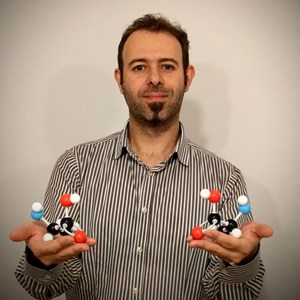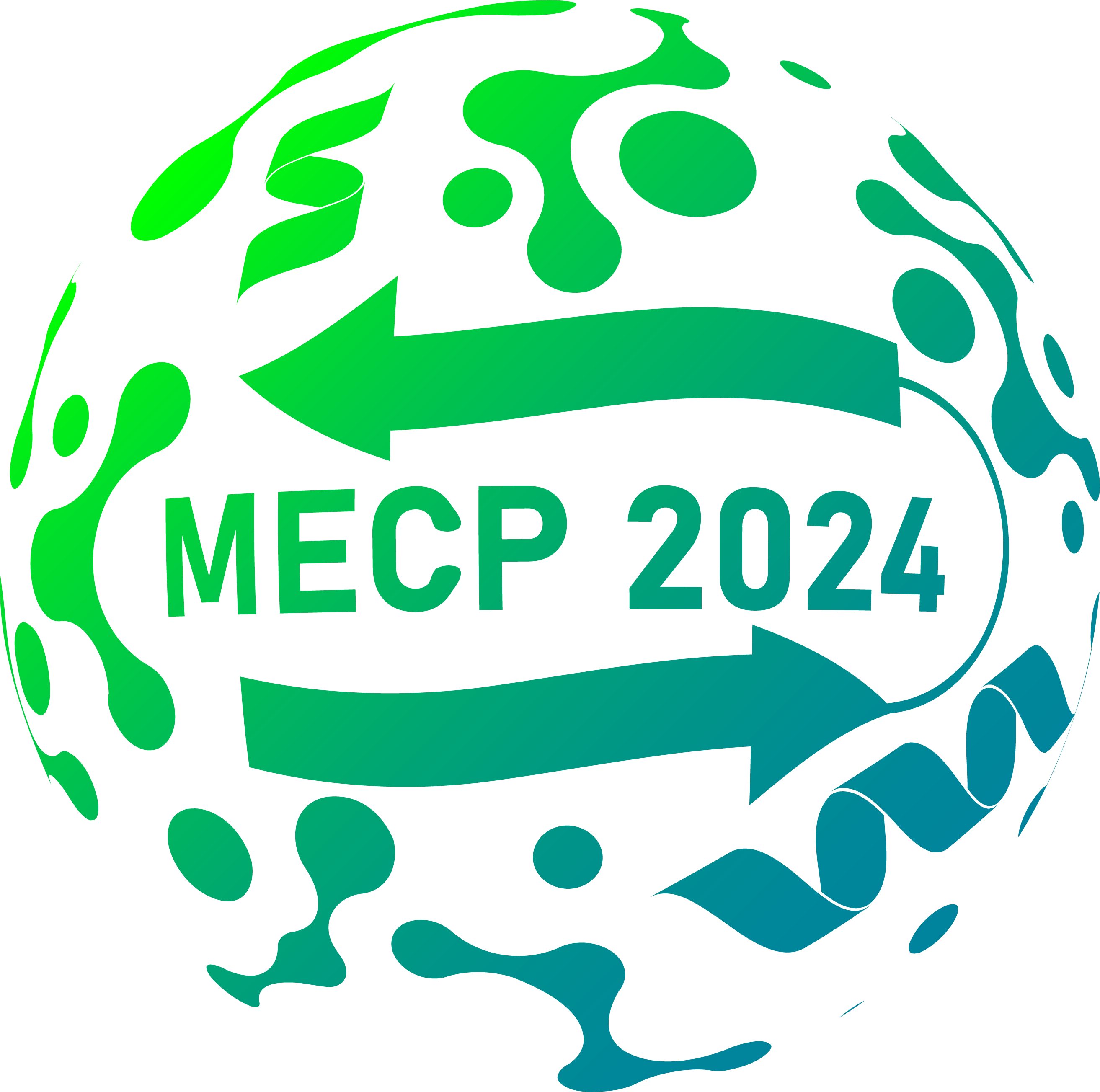
Davide Tessaro
Politecnico di Milano
Biocatalysis and Circular Economy: the multi-step biocatalytic synthesis of value-added chemicals from seed oil industry waste streams
Biocatalysis may prove as an effective tool in the context of Circular Economy for transforming low-value industrial residues into value-added chemical products.
Soapstock, for example, is one of the most abundant by-products of vegetable oil refinement and consists of a sticky alkaline emulsion containing water, sodium salts of fatty acids, triglycerides and small percentages of partially hydrolyzed lipids; this residue, generally intended for disposal as a special waste, may be employed as a low-cost starting material for the synthesis of a range of industrially relevant molecules. Herein we provide two examples where we exploit the relatively abundant oleic acid coming from HOSO (High Oleic Sunflower Oil) soapstock as the starting material for a chemo-enzymatic cascade leading to the synthesis of valuable chemicals.
In both cases, the first step is a lipase-mediated splitting of the soapstock affording a mixture of fatty acids (80-87% oleic acid). Then, this intermediate material was directly employed, without any purification, in two different syntheses:
The first process is the biocatalytic counterpart of the industrially relevant oxidative splitting of oleic acid (e.g. the Matrica process). In particular, the self-epoxidation of oleic acid upon lipase-mediated perhydrolysis in the presence of hydrogen peroxide affords the corresponding epoxide, which is subsequently hydrolysed to the diol derivative and, finally, oxidized to commercially valuable azelaic and pelargonic acids. Both epoxidation and glycol cleavage were optimized through a statistical approach and implemented under continuous-flow conditions to increase yields and productivity. [1]
In the second application, a lipase-promoted condensation of oleic acid with ethanolamine is exploited to provide the corresponding amide in good yield and excellent chemical purity. The use of a packed-bed reactor in continuous flow mode permitted to improve the space-time yield of the reaction and the catalyst productivity. [2]
 ____________
____________
[1] Casali, B.; Brenna, E.; Parmeggiani, F.; Tentori, F.; Tessaro, D. Green Chemistry 2022, 24, 2082-2093.
[2] Brenna, E.; De Fabritiis, V.; Parmeggiani, F.; Tentori, F.; Tessaro, D. ACS Sustainable Chem. Eng., 2023, 11, 2764-2772.
_________
View Abstract as PDF:
_________
Wed. April 17 | 14:40 – 15:00 hrs – Biocatalysis and Circular Economy: the multi-step biocatalytic synthesis of value-added chemicals from seed oil industry waste streams
